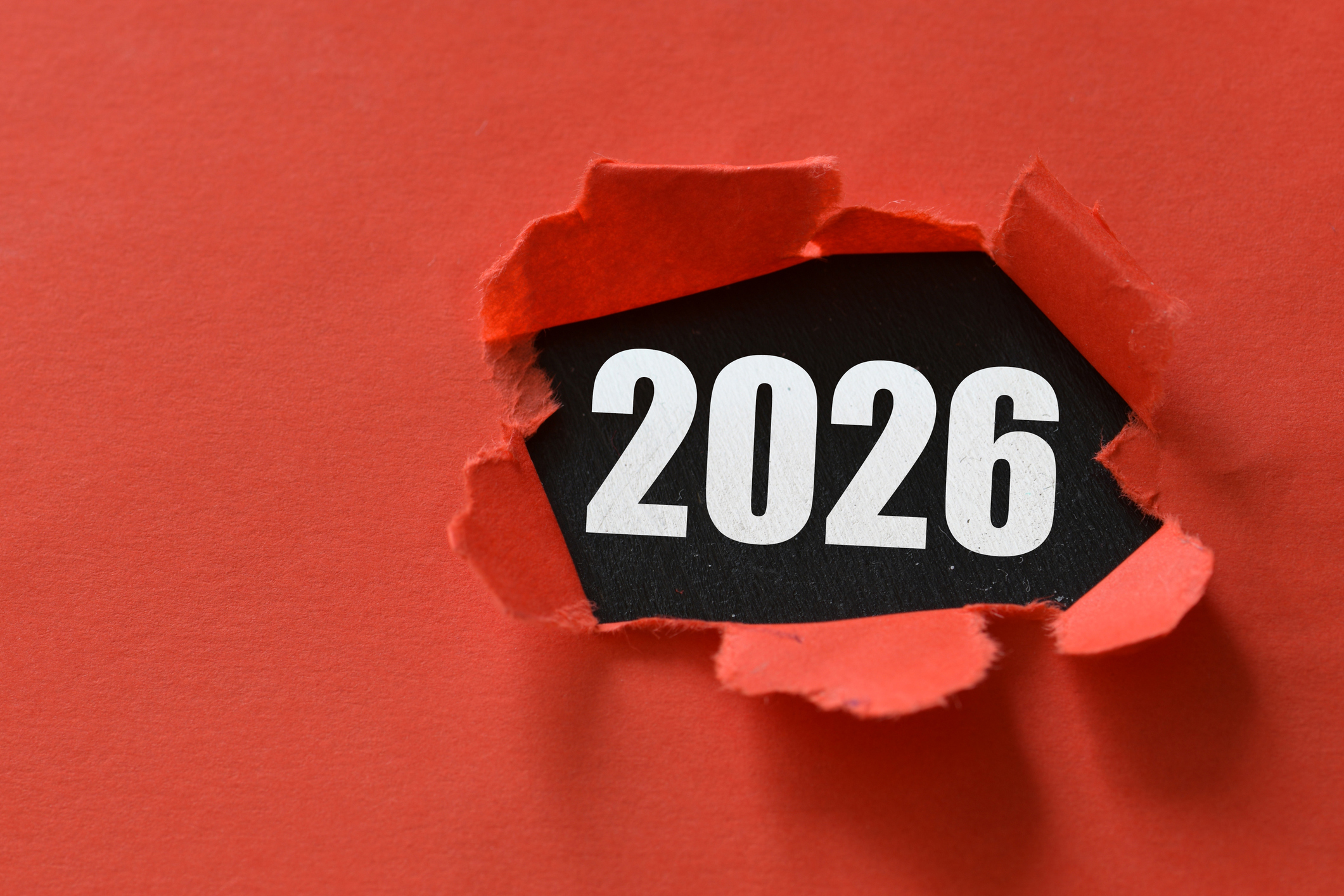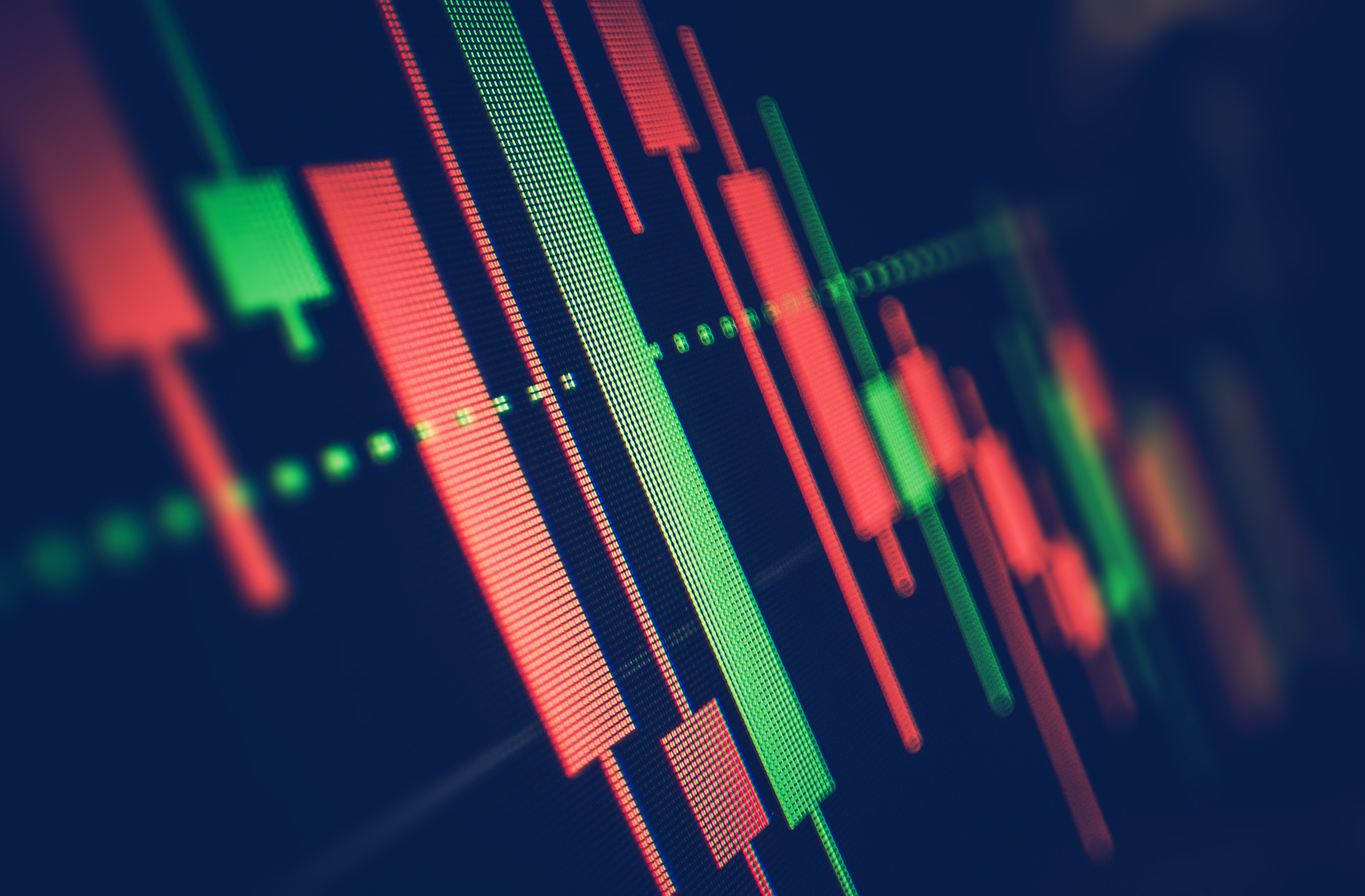A Dicey Year for Dividends (and 4 Stocks for Solid Payouts)
You can still find safe and rising income from stocks — if you know where to look.

Whether you’re a retiree or a brand-new, long-term investor in the stock market, dividends matter. From the beginning of 1930 through 2019, the compound growth of reinvested dividends accounted for 42% of the total return of Standard & Poor’s 500-stock index, according to Hartford Funds. For those investors who do live on the income generated from their portfolios, a major shake-up among corporate payouts, which tend to increase steadily during the market’s more placid times, means a major loss of income at a time when it’s hard to come by elsewhere. At last check, 10-year Treasuries yielded 0.64%.
When the COVID-19 shutdown brought revenues in some industries to an abrupt halt, many firms had little choice but to retain money they otherwise would have paid out. So far this year, 53 firms in the S&P 500 have suspended or cut their dividends.
The industries that have seen the most cuts are the ones directly affected by local stay-at-home orders. Hotel chains Marriott and Hilton, cruise line Carnival, retailers Nordstrom and Macy’s, automakers Ford and General Motors, and restaurant operator Darden are among firms that have cut or suspended dividends. Stocks in major airlines have suspended dividends as a stipulation of their $50 billion government aid package. Energy companies, such as Apache Corp. and Occidental Petroleum, have trimmed payouts amid plummeting oil prices and fuel demand.
From just $107.88 $24.99 for Kiplinger Personal Finance
Become a smarter, better informed investor. Subscribe from just $107.88 $24.99, plus get up to 4 Special Issues

Sign up for Kiplinger’s Free Newsletters
Profit and prosper with the best of expert advice on investing, taxes, retirement, personal finance and more - straight to your e-mail.
Profit and prosper with the best of expert advice - straight to your e-mail.
Even in promising sectors, you should look under the hood to assess the sustainability of a stock’s payout.
How low can they go? BofA Securities strategist Savita Subramanian expects a 10% drop in S&P 500 dividend payouts this year. That’s a more bullish outlook than some strategists forecast, and such a drop would be a far cry from the 23% trim in dividends during the 2008–09 financial crisis. It’s reasonable for investors to expect a dividend yield of 1.8% to 1.9% on the S&P 500 this year, a slight decrease from the current yield of 2.0%.
Investors looking for safe and rising dividend payouts are likely to find them among technology and health care firms, as well as those that make essential consumer goods that people continue to buy amid the pandemic, says Tom Huber, manager of T. Rowe Price Dividend Growth fund, a member of the Kiplinger 25, the roster of our favorite no-load funds. Even in those promising sectors, you should look under the hood to assess the sustainability of a stock’s payout.
Companies with the safest dividends will have ample cash and little to no debt. Look for firms with a history of steady earnings growth that generate lots of free cash flow (cash profits left after spending to maintain and expand the business) and sport low payout ratios (dividends as a percentage of earnings). The average S&P 500 firm currently distributes 44% of earnings via dividends—lower than the historical average of 57% (though what is considered in the range of normal varies by sector). A firm’s payout as a proportion of free cash flow indicates whether a dividend is “covered.” Distributing more than 50% to 70% of free cash flow in dividends should raise an eyebrow, Huber says.
Of the following companies, some provide a modest yield but have prospects for dividend growth; others deliver high current income. All of their payouts look safe. Stocks are ordered from the lowest to highest yield; prices and other data are through May 15.
Microsoft (symbol MSFT, price $183, yield 1.1%). The tech giant should continue to enjoy robust growth in its cloud-based business (including, among other things, its cloud platform Azure, subscription-based versions of Office and online gaming service Xbox Live), which analysts at investment firm CFRA estimate now accounts for more than half of the firm’s revenues. The firm has a “spectacular balance sheet and free cash flow,” says T. Rowe Price’s Huber. Over the past five years, Microsoft has boosted its dividend by an average of 10.5% per year.
United Healthcare (UNH, $291, 1.5%) has hiked its payout by an average of 24% per year over the past decade, and it affirmed its payout in March. The insurer has taken a cautious approach to the coronavirus outbreak, boosting cash reserves from $14 billion at the end of 2019 to $24 billion at the end of March. Wall Street analysts expect the firm to increase earnings by nearly 8% in 2020.
NextEra Energy (NEE, $232, 2.4%) is a conservative dividend payer among utilities providers in the S&P 500, which yield 3.6% on average. But the firm’s payout is reliable and grows reliably. NextEra has enjoyed steady demand from its regulated-utility customers amid the pandemic, and for this year execs haven’t modified earning expectations—which, if realized, would see the firm boost profits by 6% to 8%. NextEra is also a leading developer and generator of renewable energy, which should boost earnings over the long term. NextEra recently reaffirmed its commitment to dividend growth, vowing 10% bumps per year through 2022.
J.M. Smucker (SJM, $115, 3.1%). J.M. Smucker produces a portfolio of pantry staples, including Folgers and Café Bustelo coffee, and pet foods and treats, such as Meow Mix and Milk-Bone. Columbia Dividend Opportunity fund comanager Dave King views Smucker as a beneficiary of home quarantines, now that fewer of the undercaffeinated are venturing out to coffee shops. The firm expects a boost in both earnings and free cash flow for the quarter that ended in April due to higher product demand. The dividend represents 41% of the earnings expected by Wall Street analysts for the fiscal year that ends in April 2021.
How to spot dividends at risk
Many companies in hard-hit industries, such as travel, lodging, dining, energy and brick-and-mortar retail, have slashed or suspended their payouts. Real estate investment trusts (particularly those that lease space to restaurants and stores) and financial firms may come under pressure as well, says Will Hunter, of the investment firm Neuberger Berman.
Be most wary of heavily indebted firms with deteriorating earnings. They may have to tap money earmarked for dividends to meet short-term obligations. A sky-high yield can tip you off to a vulnerable dividend, says Brian Bollinger, of Simply Safe Dividends, a dividend research firm. “Investors may be tempted to reach for high yields, but if you’re investing in firms with high yields, high debt and high payout ratios, you could be picking up pennies in front of a steamroller,” he says. With that in mind, we note three stocks that look risky.
Dow Inc.’s chemical business is sensitive to swings in energy prices, which are at historic lows. Dow’s global supply chain has been severely disrupted. The firm is highly indebted, and analysts expect earnings of $1.32 per share in 2020—well short of the $2.80 per share the company would pay in dividends this year without a cut. The stock’s 8.3% yield is a red flag.
Wells Fargo’s 8.7% yield suggests investors are factoring a possible dividend cut into the stock price, says BofA Securities analyst Erika Najarian. Analysts estimate that Wells will earn 79 cents per share in 2020, short of its current $2.04 annual payout. Najarian sees the bank struggling to earn its 2021 payout and says it will be tough for Wells to maintain the current dividend.
Ventas, a senior-housing REIT, hasn’t cut its payout in a 20-year history. But a prolonged recession and lingering pandemic fears could exacerbate declining occupancy rates and rising move-outs, crimping profits and pressuring the dividend. The yield is an eyebrow-raising 11%.
Profit and prosper with the best of Kiplinger's advice on investing, taxes, retirement, personal finance and much more. Delivered daily. Enter your email in the box and click Sign Me Up.

Ryan joined Kiplinger in the fall of 2013. He wrote and fact-checked stories that appeared in Kiplinger's Personal Finance magazine and on Kiplinger.com. He previously interned for the CBS Evening News investigative team and worked as a copy editor and features columnist at the GW Hatchet. He holds a BA in English and creative writing from George Washington University.
-
 Stocks Extend Losing Streak After Fed Minutes: Stock Market Today
Stocks Extend Losing Streak After Fed Minutes: Stock Market TodayThe Santa Claus Rally is officially at risk after the S&P 500's third straight loss.
-
 What Bilt Cardholders Need to Know as Wells Fargo Exits the Program
What Bilt Cardholders Need to Know as Wells Fargo Exits the ProgramA major shake-up in the Bilt Rewards program could affect your credit card, rent rewards and points strategy heading into 2026.
-
 3 Major Changes to the Charitable Deduction in 2026
3 Major Changes to the Charitable Deduction in 2026Tax Breaks About 144 million Americans might qualify for the 2026 universal charity deduction, while high earners face new IRS limits. Here's what to know.
-
 Stocks Extend Losing Streak After Fed Minutes: Stock Market Today
Stocks Extend Losing Streak After Fed Minutes: Stock Market TodayThe Santa Claus Rally is officially at risk after the S&P 500's third straight loss.
-
 Santa Claus Rally at Risk as Tech Stocks Slump: Stock Market Today
Santa Claus Rally at Risk as Tech Stocks Slump: Stock Market TodayThe Nasdaq Composite and Dow Jones Industrial Average led today's declines as investors took profits on high-flying tech stocks.
-
 Cooler Inflation Supports a Relief Rally: Stock Market Today
Cooler Inflation Supports a Relief Rally: Stock Market TodayInvestors, traders and speculators welcome much-better-than-hoped-for core CPI data on top of optimism-renewing AI earnings.
-
 Nasdaq Sinks 418 Points as Tech Chills: Stock Market Today
Nasdaq Sinks 418 Points as Tech Chills: Stock Market TodayInvestors, traders and speculators are growing cooler to the AI revolution as winter approaches.
-
 AI Stocks Lead Nasdaq's 398-Point Nosedive: Stock Market Today
AI Stocks Lead Nasdaq's 398-Point Nosedive: Stock Market TodayThe major stock market indexes do not yet reflect the bullish tendencies of sector rotation and broadening participation.
-
 Dow Rises 497 Points on December Rate Cut: Stock Market Today
Dow Rises 497 Points on December Rate Cut: Stock Market TodayThe basic questions for market participants and policymakers remain the same after a widely expected Fed rate cut.
-
 Crypto Trends to Watch in 2026
Crypto Trends to Watch in 2026Cryptocurrency is still less than 20 years old, but it remains a fast-moving (and also maturing) market. Here are the crypto trends to watch for in 2026.
-
 Dow Slides 427 Points to Open December: Stock Market Today
Dow Slides 427 Points to Open December: Stock Market TodayThe final month of 2025 begins on a negative note after stocks ended November with a startling rally.